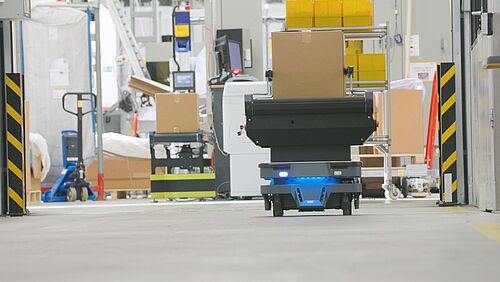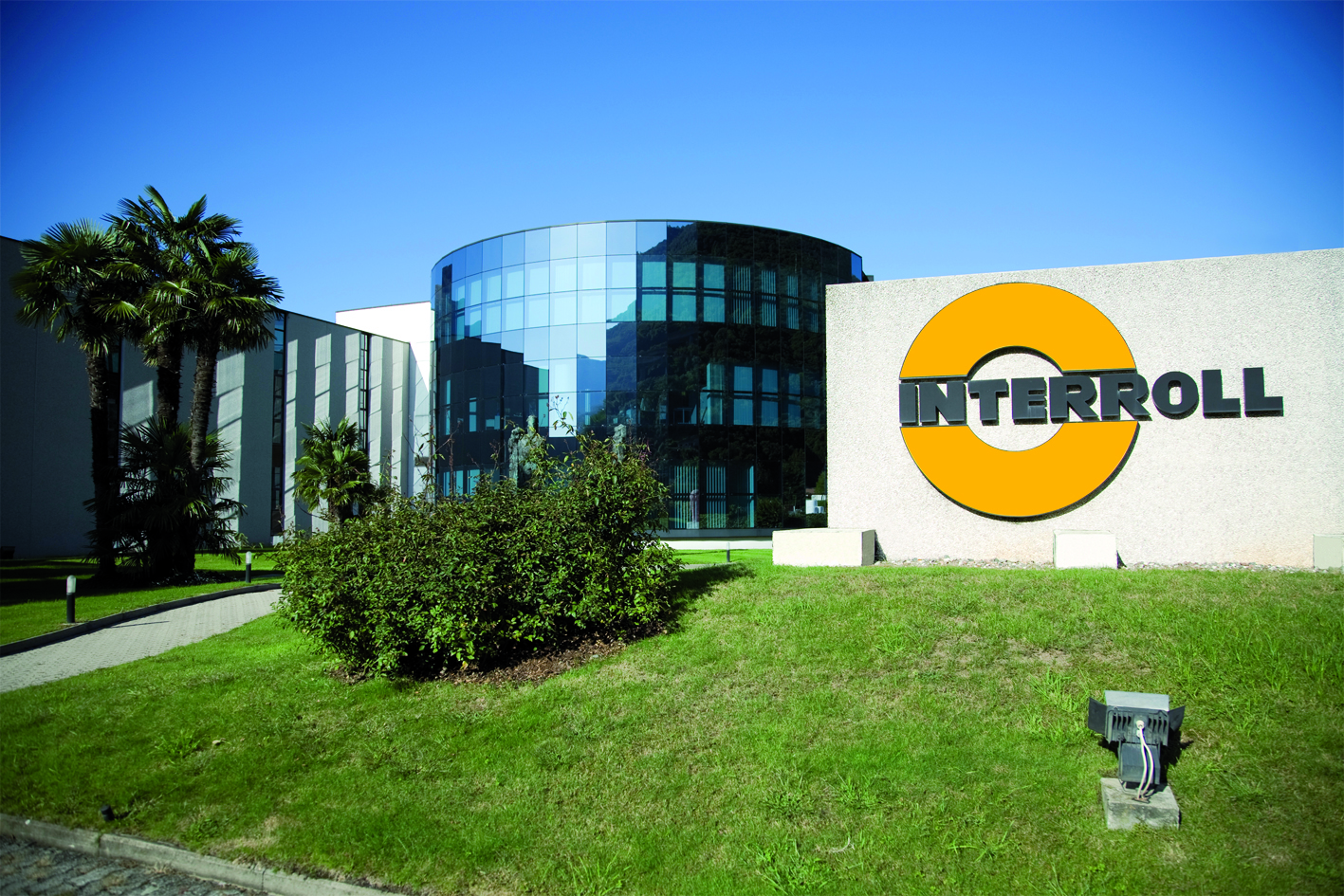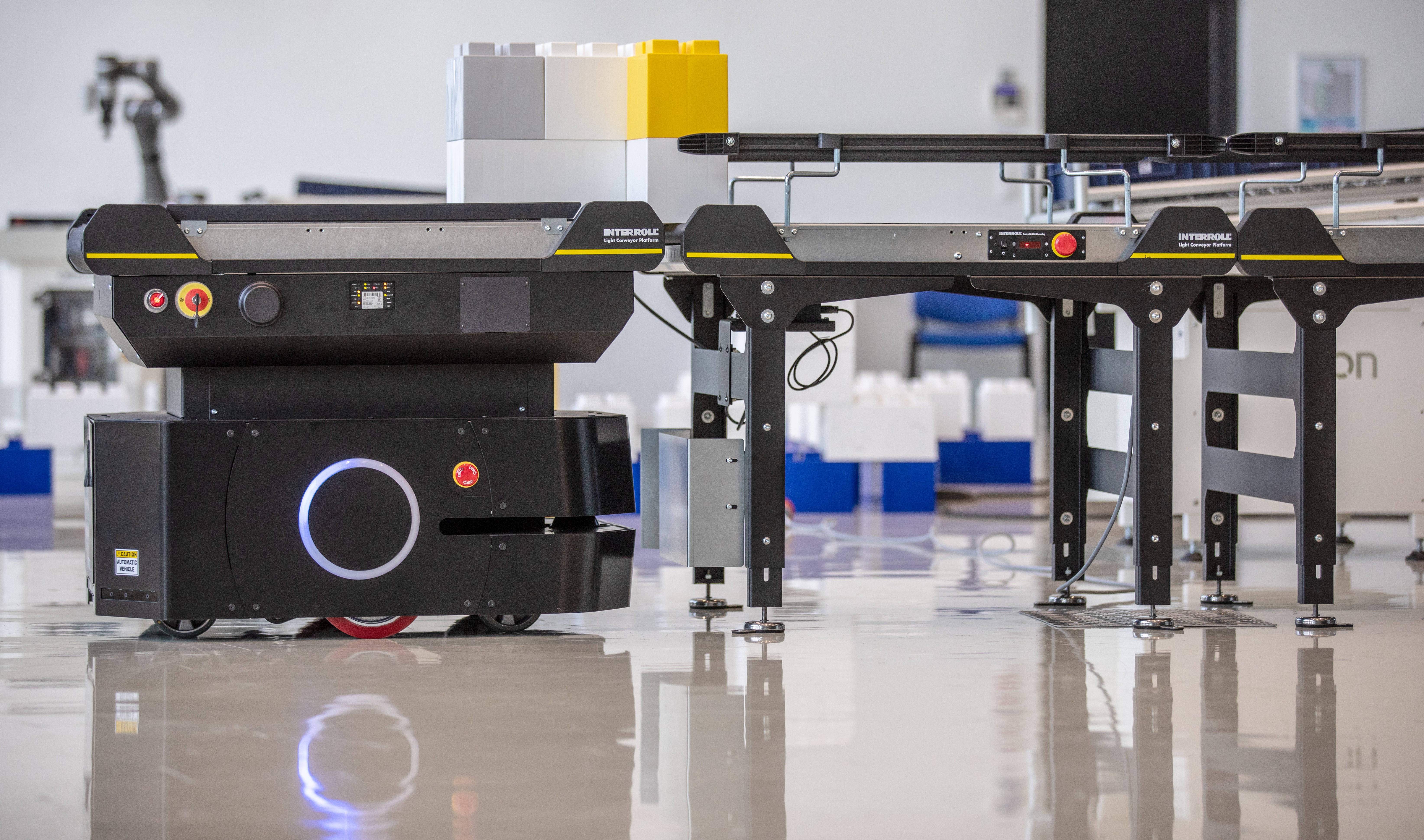United States
More countries
The Interroll Group is the world's leading provider of material handling solutions. The company was founded in 1959 and has been listed on the SIX Swiss Exchange since 1997.
Interroll supplies system integrators and equipment manufacturers with a comprehensive range of platform-based products and services in the categories "Rollers" (conveyor rollers), "Drives" (motors and drives for conveyor systems), "Conveyors & Sorters" (conveyors & sorters) and "Pallet Handling" (pallet conveying and storage). Interroll solutions are used in express and postal services, e-commerce, airports, food & beverage, fashion, automotive and other industries. The company counts leading brands such as Amazon, Bosch, Coca-Cola, DHL, Nestlé, Procter & Gamble, Siemens, Walmart and Zalando among its users.
Headquartered in Switzerland, Interroll has a global network of 35 companies with a turnover of CHF 556.3 million and 2,400 employees (average number of employees in 2023).
The everything anytime
machine
Find out how Rossmann optimized their material flow with our Modular Pallet Platform and our Modular Conveyor Platform in their central warehouse in Landsberg, Germany!
CASE STUDY DRUGSTORE CHAINS
INTERROLL
SHOWROOM
Experience Interroll material handling solutions in our showroom in Sinsheim, Germany
INTERROLL SHOWROOM
Our solution
for the CEP industry
Trusted in CEP installations worldwide. Our flexible modular system offers high throughput, reliability, and robustness.
High Performance Conveyor Platform (HPP)









